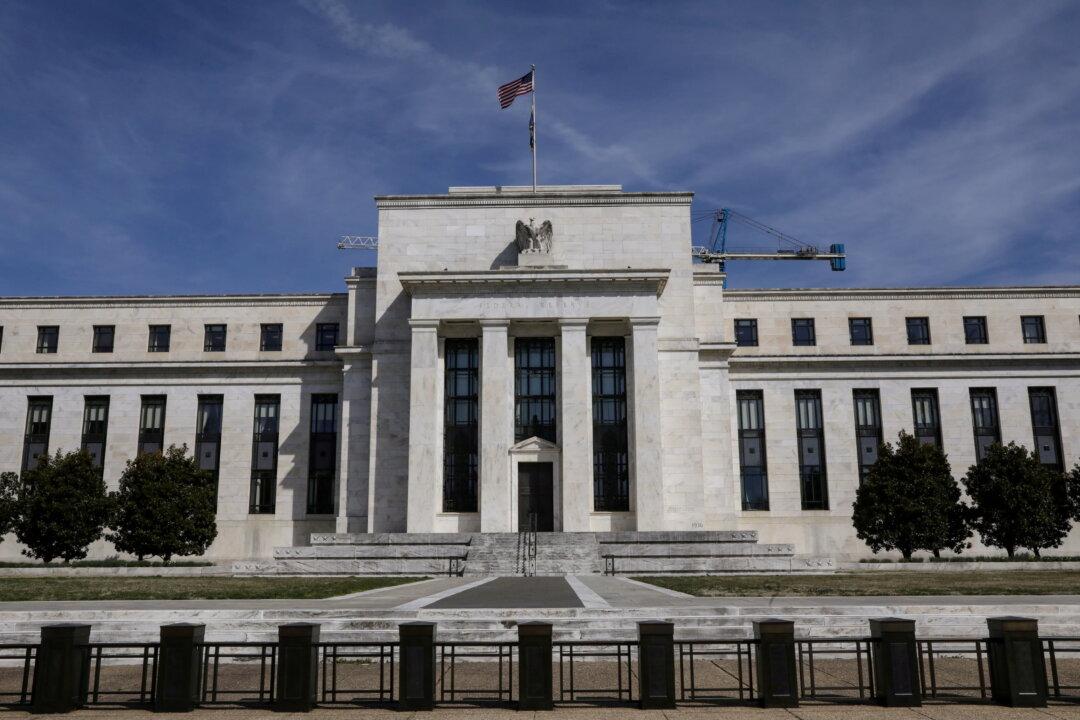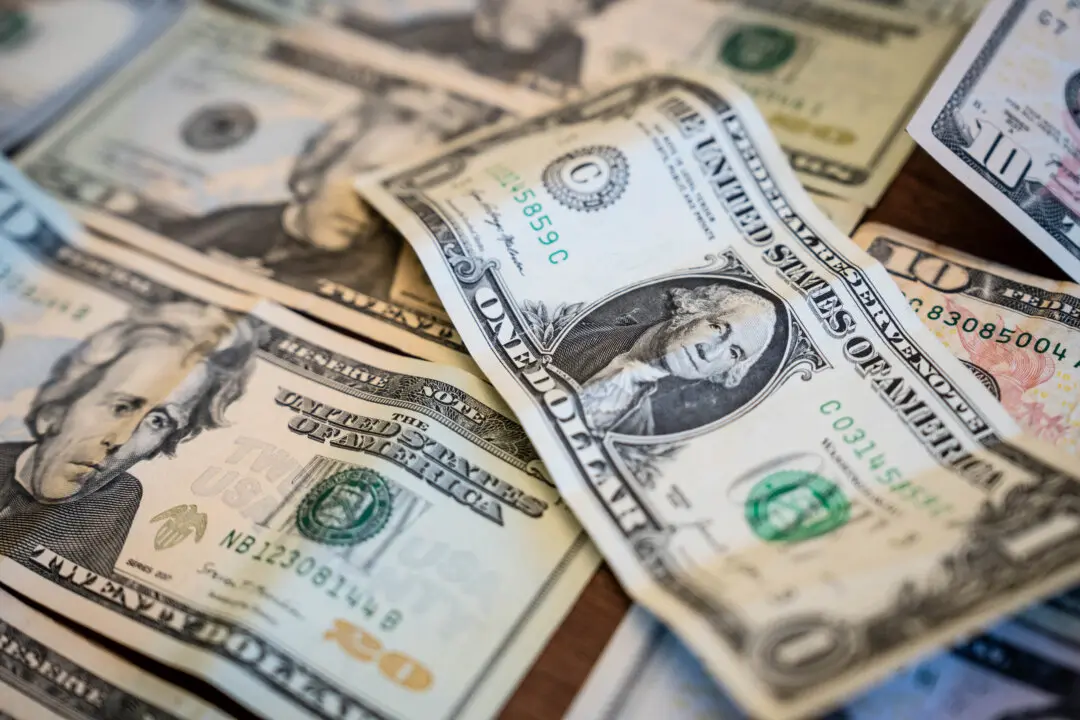The Federal Reserve balance sheet has surged to its highest level since November as the central bank attempts to avert the contagion of the banking crisis.
The Fed’s balance sheet for the week ending March 15 increased by $297 billion, hitting a five-month high of $8.639 trillion.





